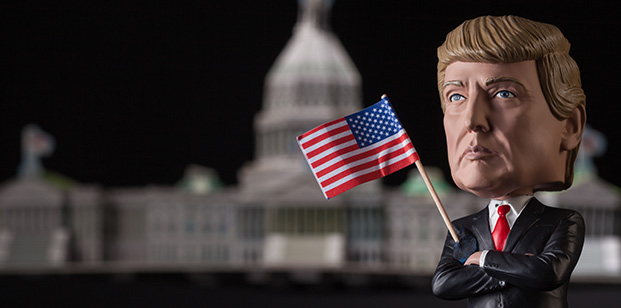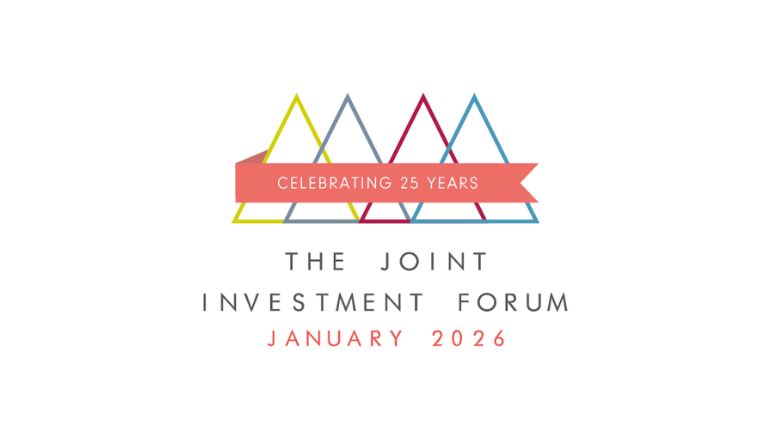The US central bank has finally cut rates, but will it be enough for markets?
- Bond and equity markets were flat as the Fed announced a 25bps cut
- The ‘dot plot’ showed two more quarter-point reductions by the end of this year
- Markets are still hoping for more, which is a risk
The much-anticipated Federal Reserve rate cut has finally arrived. With the cut already well-flagged, markets were unmoved with US treasury and equity markets flat in the immediate aftermath of the announcement.
A few wide-eyed optimists (perhaps including Donald Trump) had hoped for more, but a 25bps cut was very much the consensus. More interesting was the shifting ‘dot plot’, which showed two more quarter-point reductions by the end of this year. Fed Chair Jay Powell appeared to be more worried about weakening jobs data than inflation, saying “The labour market has softened. The case for there being a persistent inflation outbreak is less.”
While this is a dovish shift from the last set of forecasts in June, it still does not align with the relatively aggressive positioning in the market. Ahead of the meeting, financial markets were anticipating nearly six key interest rate cuts between now and the end of 2026, including nearly three at the next three meetings. There may be some adjustment over the next few days.
Nevertheless, while this may disappoint markets in the short term, it should be good news in the longer term: “For the Fed, anticipating more than two rate cuts next year would signal serious concern about the risk of recession in the United States, an alarmist message it will seek to avoid,” said Michaël Nizard, head of multi-asset at Edmond de Rothschild Asset Management.
In reality, the Federal Reserve’s next move may be more difficult to predict. For the time being, Powell still appears to have control of the committee, with only Trump’s most recent appointee Stephen Miran voting for a larger cut. Equally, Lisa Cook has kept her job as governor. However, Powell’s authority may wane closer to his potential departure in May 2026.
Inflation data has shown some impact from tariffs, but companies are unlikely to have had enough time to recalibrate their pricing strategies. This is particularly true for those with long and complex supply chains. While the Fed may be less concerned on inflation, it is still too soon to conclude that the inflationary impact is negligible. A weaker dollar is helping, but it is optimistic to rely on that in the longer term.
On the other hand, it is also too soon to judge the impact on jobs. Jobs growth has markedly slowed, but the economy has looked relatively resilient, and it may be that companies weather the tariff impact with less pain than expected.
We have a situation where financial market positioning looks increasingly optimistic, and certainly makes no concessions to the potential for a different scenario. These assumptions on rate cuts appear to be supporting the current frothiness in US equity markets. With the Federal Reserve not providing the answers the market wants, caution is warranted.


















